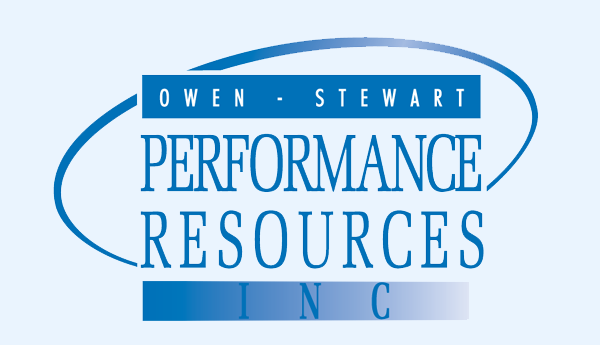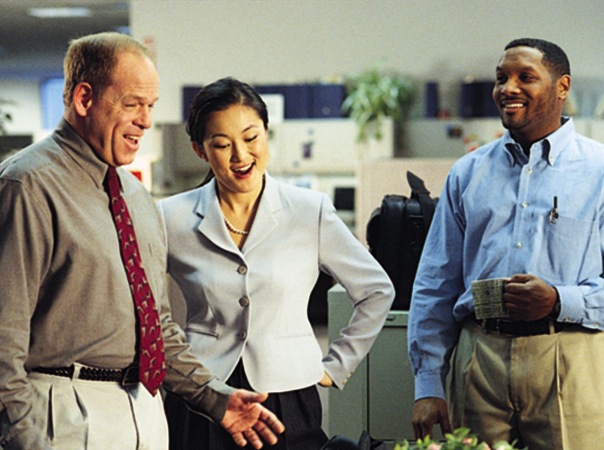The Power of Future Conversation
Unlike the old saying, talk is not cheap. This film shows how leaders who are aware of the power of conversation and use it as a precious asset can achieve unforeseen innovations and improvements.
- DVD or USB
- Leader’s Guide
- Prevent teams from being rooted in the past
- Keep meetings future focussed
- Help teams embrace change
$495.00 – $545.00
Conversation is a tool that gives leaders the power to translate possibility into action. Unlike the old saying, talk is not cheap. It is the driving force behind positive change and growth that moves people and organizations into the future.
This film is based on the work of author and consultant Kim Krisco and his book, “Leadership and the Art of Conversation.” According to him, meetings and other kinds of conversations can be highly effective tools for change. Leaders who are aware of the power of conversation use it as a precious asset, managing it to achieve unforeseen innovations and improvements.
Participants learn that too many organizations are overly focused on the past, and that by simply changing the way in which conversations/meetings are framed, incredible possibilities for the future can become realities.
After viewing the video and working through the exercises and discussions in the Leader’s Guide, participants will be able to immediately apply these principles to all their interactions at work and in their personal lives.
Six Important Principles are Covered:
- Be aware of the conversation and pay close attention to how you speak and listen.
- Don’t dwell on past conversations; use them to establish a connection and then move on.
- Be aware of, manage and change the broad, invisible, unspoken conversations that determine the way people see and interpret the world.
- Shift the conversation first from the past to the future and then to the present.
- Manage our listening and that of others by using affirmative, not reactive, listening.
- Go for a breakthrough.


